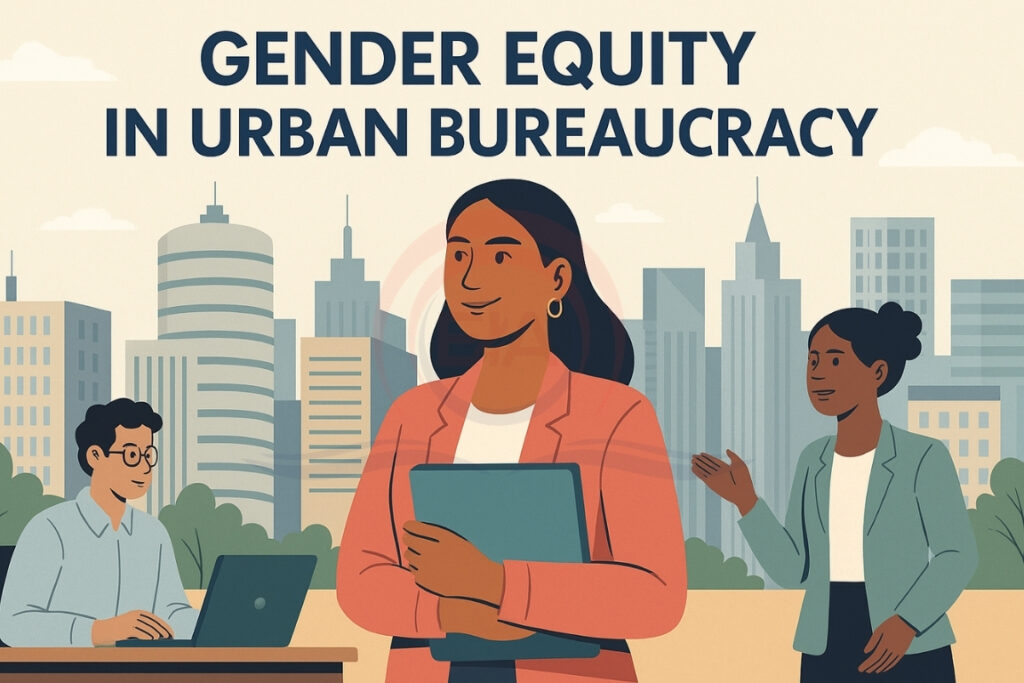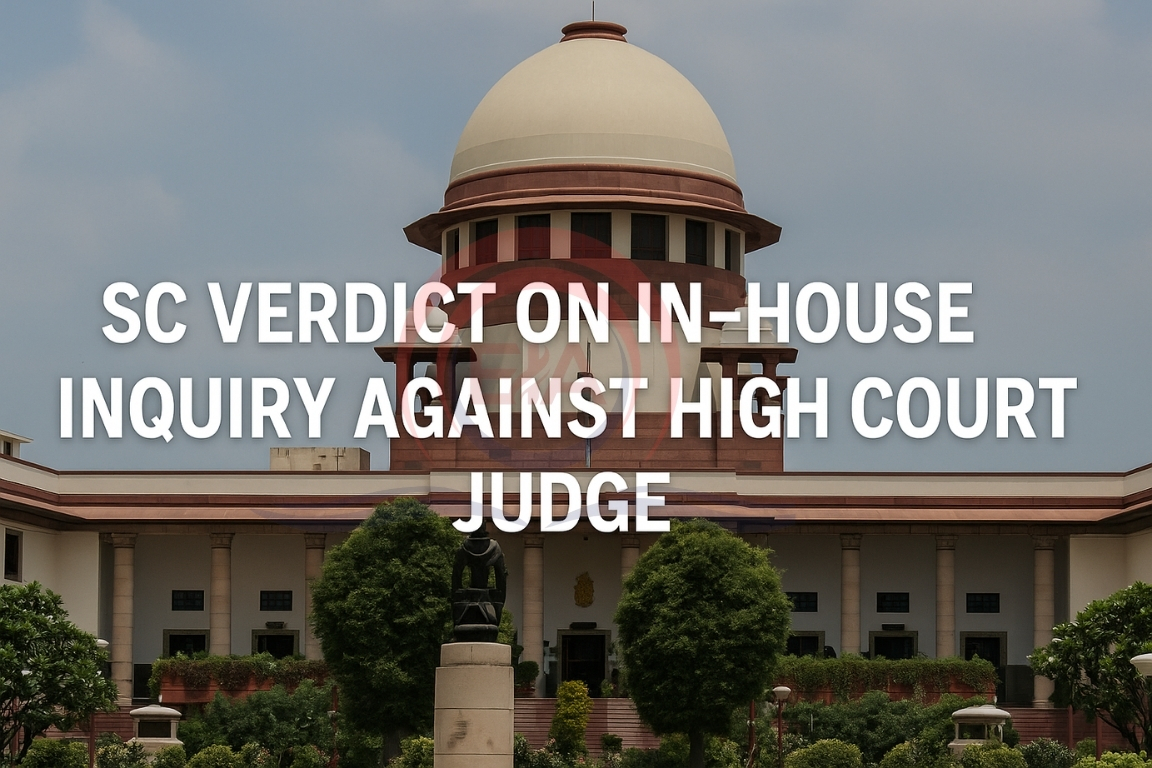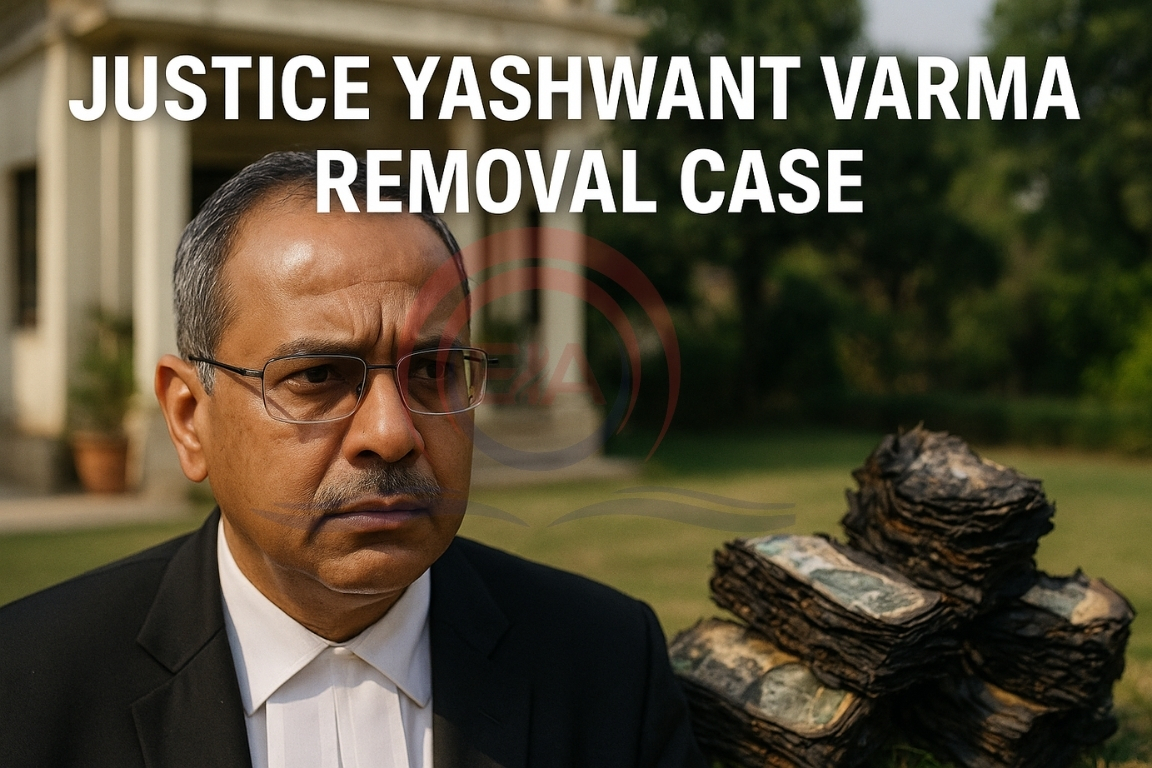The growing pace of urbanisation in India has highlighted the urgent need for gender balance in city planning and governance. Despite rising female representation at the grassroots, women remain underrepresented in urban bureaucracies, especially in decision-making roles.
Urban Transformation in India
- By 2050, over 800 million Indians will live in urban areas.
- This shift demands inclusive and gender-sensitive planning to ensure fair access to services and infrastructure.
- Constitutional reforms like the 73rd and 74th Amendments provided 33% reservation for women in local governments.
- Some states have extended this to 50% for Panchayats and Urban Local Bodies (ULBs).
Gap in Urban Bureaucracy
- While women’s participation in local politics has grown, urban administrative leadership remains male-dominated.
- Women make up only 20% of the Indian Administrative Service and even less in municipal and engineering roles.
- Only 11.7% of India’s urban workforce in core services like town planning, transport, and engineering are women.
- This gender gap affects how cities are designed and whom they serve.

Why Gender Equity Matters in Urban Governance
- Cities without gender-responsive planning often ignore women’s safety, mobility, and needs.
- For example, 84% of women in Delhi rely on public/shared transport, yet urban planning still gives priority to cars and highways.
- Including more women in bureaucracy helps align city planning with real needs and improves safety, access, and public services.
Missed Opportunities in Gender Budgeting
- Gender Responsive Budgeting (GRB) is an important tool to ensure that policies benefit all genders.
- States like Delhi, Tamil Nadu, and Kerala have started implementing GRB.
- However, at the city level, GRB is rarely used, making urban development less inclusive.
- Countries like Rwanda, Brazil, and South Korea have used GRB to improve healthcare, education, and women’s mobility.
Way Forward
- Institutionalise GRB in all urban bodies, backed by capacity building and funding.
- Increase women’s representation in urban planning, budgeting, and administrative posts.
- Ensure gender equity through policy reforms, leadership training, and inclusive design of urban services.
Nari Shakti Vandan Adhiniyam
- 33% Reservation: Reserves one-third (33%) of seats for women in the Lok Sabha and state legislative assemblies.
- Also Includes SC/ST Quota: Within the 33%, reservation is provided proportionately for SC and ST women.
- Applies to Lok Sabha & State Assemblies: Does not apply to Rajya Sabha or Legislative Councils.
- Implementation after Delimitation: Will be implemented only after the next delimitation exercise (likely after 2026 Census and delimitation).
- Reservation Validity: Reservation will continue for 15 years, but can be extended by Parliament.
- No Quota for OBCs: The bill does not include a separate quota for OBC women, which has been a demand from some political parties.
Women’s Participation in Recent Lok Sabha Elections (2024)
- Record Number of Women Elected: 74 women MPs elected to the 18th Lok Sabha – highest ever, but still only about 13.6% of total MPs.
- More Women Candidates: Over 800 women contested in 2024, compared to 724 in 2019.
- Low Representation Despite Rising Numbers: Women make up almost half of India’s population, yet their representation in Parliament is still low.
- States with High Women Winners: States like West Bengal, Uttar Pradesh, and Odisha had relatively better representation of women MPs.
Conclusion:
As India moves toward becoming a $5 trillion economy, cities must work for everyone. Inclusive and gender-balanced urban governance is essential to building fairer, safer, and more equal cities—especially for women.





